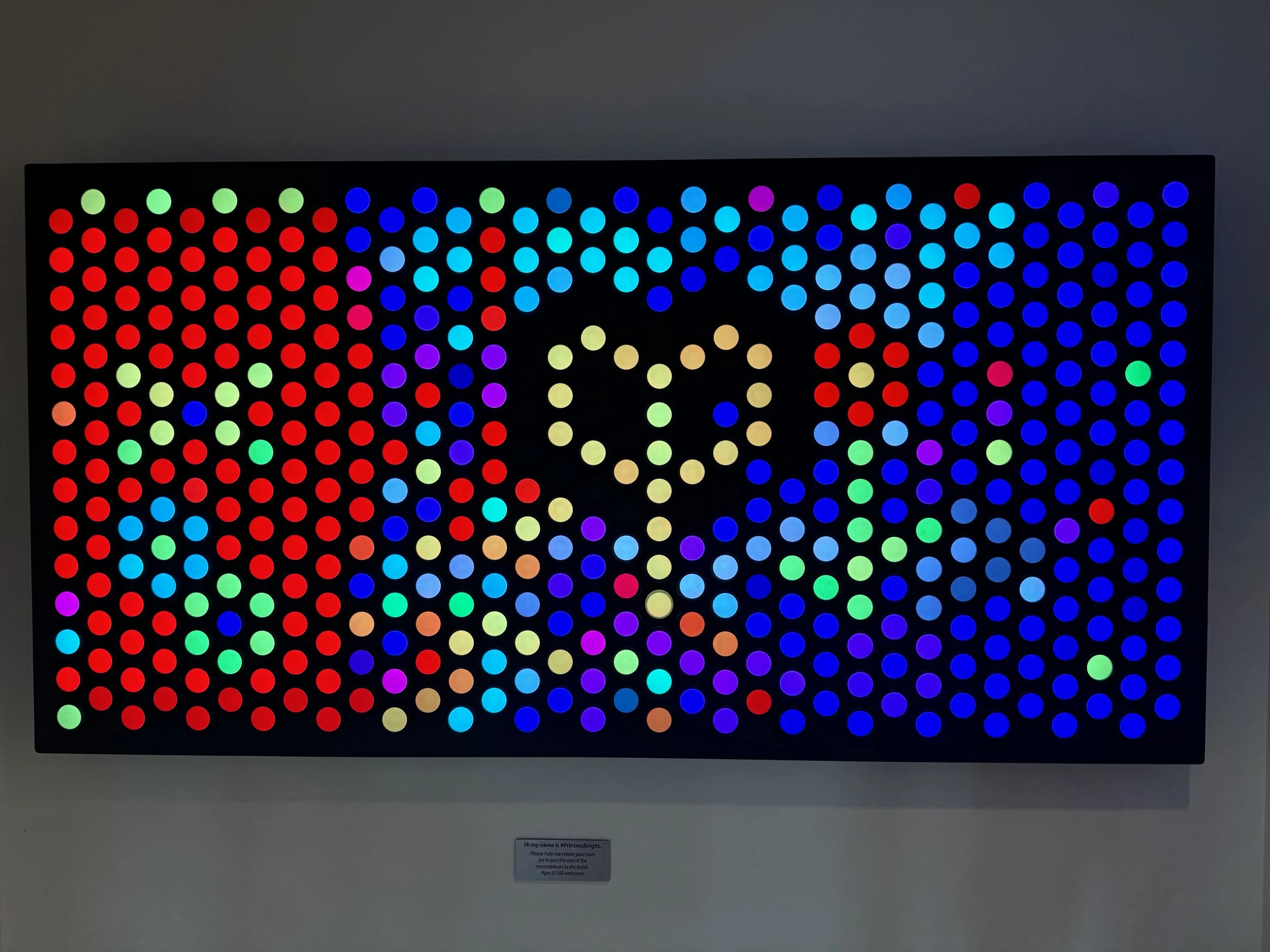(517) NT Auctions: 3S Minor Suit Slam Try After a 2NT Opening Bid
This Week in Bridge
(517) 3♠ Minor Suit Slam Try After a 2NT Opening Bid
© AiB Robert S. Todd
Level: 8, 9 of 10 robert@advinbridge.com
General
When partner opens the bidding with 2NT and we have a hand strong enough to be interested in slam but with only minor suit length (one or both minors), we are in a difficult position. We have few good tools for investigating slam, and even if we use our tools, we are forced to go beyond 3NT to investigate slam. Going beyond 3NT is dangerous because that may be the contract where we wished to play. 3♣, 3♦, and 3♥ (Stayman and transfers) are used by Responder to show Major suit length. This leaves only 3♠ available to be used as a conventional call to explore slam. (Remember 4♣, 4♦, and 4♥ are also being used as conventional bids). Let’s look at a few ways to make use of this 3♠ bid to explore a minor suit slam.
3♠ Slam Try Response to 2NT
When partner opens 2NT, this is a common system for Responder to use to try for slam. Responder’s 3♠ bid is used as a relay to 3NT to start a slam try with a minor suit-oriented hand. After Opener rebids 3NT, Responder then shows the type of slam try they wish to make.
2NT 3♠*
3NT* __?
4♣ 6+card ♣, Slam Try
4♦ 6+card ♦, Slam Try
4♥ At least 5-5 in the minors, Singleton or Void in ♥, Slam Interest
4♠ At least 5-5 in the minors, Singleton or Void in ♠, Slam Interest
4NT 2-2-5/4 slam try. Sometimes 2/1-5/5 with a singleton honor. Non-Forcing.
This system allows Responder to try for slam with either 1-suited or 2-suited minor suit hands. After Responder describes their hand, Opener can either stop in game (4NT or 5-minor) if they do not like their hand for slam or drive towards slam by either making a control showing cuebid or simply jumping to slam.
Example 1 -- Responding to 2NT
♠ A95
♥ 762
♦ KQT854
♣ 6
With this hand, Responder makes a slam try using our 3♠ Minor Suit Slam Try “gadget”:
2NT 3♠*
3NT 4♦
If Opener has a hand with a good fit and lots of Aces and Kings, then slam is great.
2NT Opener
♠ KQ87
♥ AK54
♦ A73
♣ KQ
Here Opener can bid a slam, 6♦, or can cuebid 4♥, leaving the option of exploring 7♦ if Responder has an amazing hand.
But if Opener has a hand with lots of Queens and Jacks and/or a poor ♦ holding, then slam should be avoided.
♠ KQJ7
♥ KQJ5
♦ 73
♣ AKJ
Here Opener can stop in 4NT or 5♦ – though 4NT is much better with this hand.
An immediate 4NT by Opener is “regressive,” trying to slow the auction down and letting Responder know that Opener has a hand that is bad for slam. If Opener makes a control-showing cuebid, showing interest in slam, a subsequent 4NT bid by either the Opener or the Responder is now Keycard in the minor suit, not an effort to stay in 4NT. If Opener cooperates with a slam try in a minor, we can only play in 5-minor or 6-minor (or maybe higher).
Advanced 3♠* Relay as Minor Suit Slam Try Structure
This is the expert standard structure (more complicated than the one above) for using 3♠* relay as a Minor Suit Slam Try.
Example 2 - Q-Minorwood
2NT 3♠*
3NT __?
4♣ Q-Minorwood in ♣
4♦ Q-Minorwood in ♦
4♥ At least 5-5 in the minors, Singleton or Void in ♥, Slam Interest
4♠ At least 5-5 in the minors, Singleton or Void in ♠, Slam Interest
4NT 2-2-5/4 slam try. Sometimes 2/1-5/5 with a singleton honor. Non-Forcing.
After a 4-minor rebid as Q-Minorwood, Opener shows if they like their hand for slam and their number of Keycards.
2NT 3♠*
3NT 4♣
__?
4♦ Opener does NOT like their hand for a ♣ slam.
4♥ Opener has a good hand for slam AND 1 or 4 Keycards in ♣
4♠ Opener has a good hand for slam AND 3 or 0 Keycards in ♣
4NT Opener has a good hand for slam AND 2 Keycards in ♣ w/o the ♣Q
5♣ Opener has a good hand for slam AND 2 Keycards in ♣ w/ the ♣Q
If Opener bids 4♦, trying to discourage Responder from trying for a ♣ slam, Responder can continue on and force Opener to answer Keycards in ♣.
2NT 3♠*
3NT 4♣
4♦ 4♥
__?
4♠ 1 or 4 Keycards in ♣
4NT 3 or 0 Keycards in ♣
5♣ 2 Keycards in ♣ w/o the ♣Q
5♦ 2 Keycards in ♣ w/ the ♣Q
Conclusion
When partner opens the bidding with 2NT (or reaches 2NT in another way in which systems are on), as Responder we have very little space available below 3NT. Most of this space is allocated (rightfully) to trying to find a Major suit fit. This leaves only the 3♠ bid available to try for a minor suit slam at a relatively low level. By using this 3♠ bid as a relay, we can then describe a variety of different minor suit shapes that have slam interest. This gadget gives up very little and helps make Responder’s life much easier when we hold one of these types of hands. Discuss how you’d like to play it (the normal or more complex version) and give it a try!

